Perspective: It’s a Small Thing with a Big Difference
It sounds cliché to say, “it’s all a matter of perspective”, but in photography a slight change in your camera’s position can make a big difference to the overall look of your final image. Let me take you on a recent expedition to a local field to show you what I mean.
Each spring, the hay fields in my area are inundated with thousands of daisies. It’s a wonderful sight to see and undoubtedly draws me in to try and capture a few images. This past spring was no different. One particularly pleasant evening I hopped in my car and drove down a local side road until I reached one field that was still nicely lit by the rapidly setting sun.
I grabbed my Olympus OMD E-M1 and, since I wanted to capture the expanse of this floral landscape, I attached my M.Zuiko 7-14mm PRO lens. I jumped the fence (yes, I am guilty of trespassing on occasion) and walked about 30 feet into the field. The daisies were everywhere, so finding the perfect spot was easy.
I had already pictured the image – one large, photogenic daisy, set against thousands, and nicely lit by the orange glow of the sun. I checked my camera settings, composed a shot and…
Click!
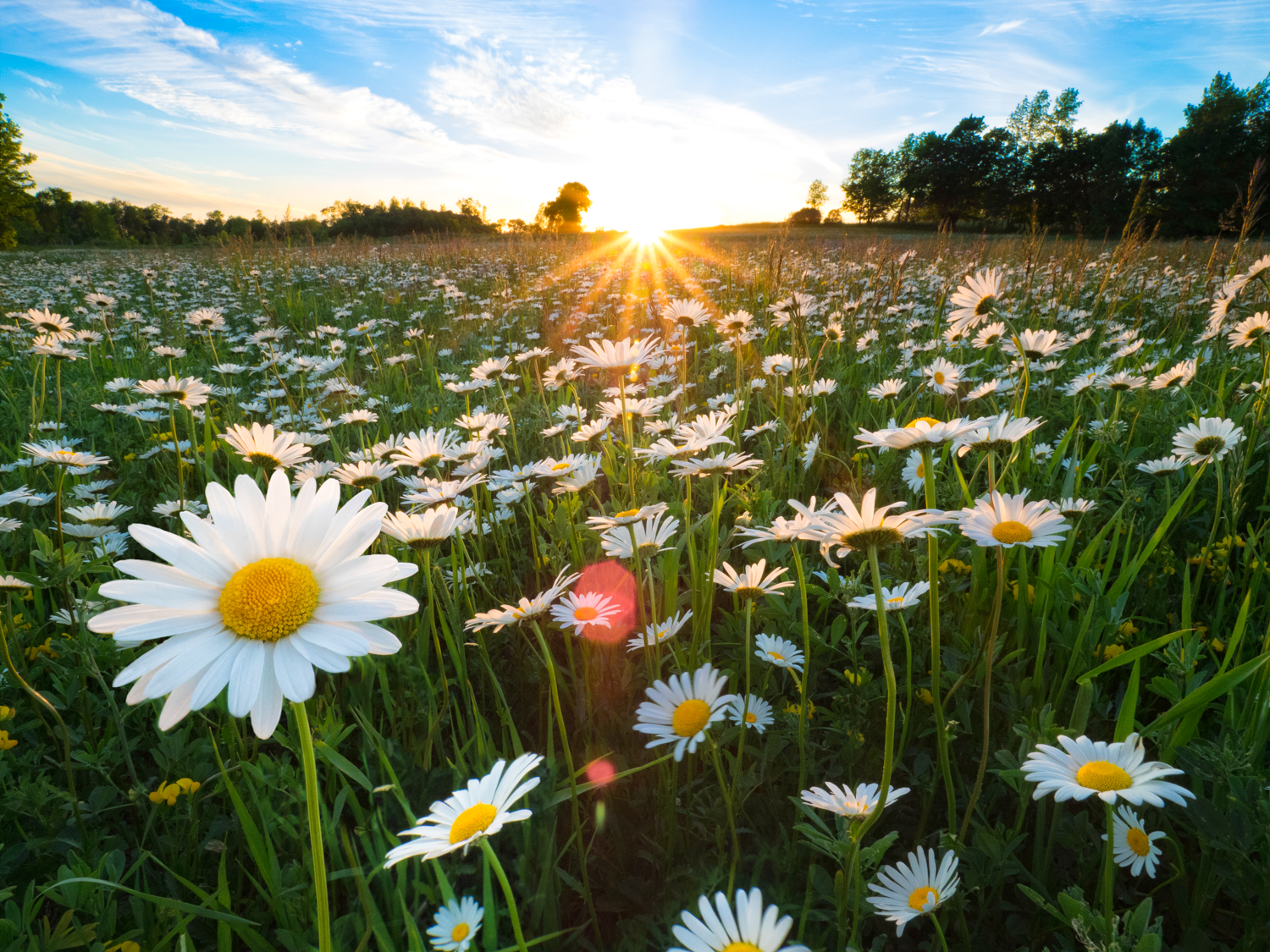
Now, I’d be lying if I said that this was the very first shot that I’d taken that evening, but this was pretty close to what I had in mind. I was quite happy with the overall composition – good light, rule of thirds, nicely balanced. Time to pack it up and move on? Nope!
Anyone who has been in the photography game for awhile has certainly heard this sage advice – “always walk around your subject and look for new angles”, or “the first place you put your tripod is the worst place to put your tripod”. Well, I wasn’t using a tripod and I still wanted my subjects backlit by the sun. That left two possible options – shoot high or shoot low. I chose to shoot low.
Time to recompose and…
Click!
For this shot, I lowered my camera about 12 inches and got a completely different take on the scene. That’s the power of changing your perspective.
I’ll let you decide which image is better. That’s not really important here. By taking a few moments to think about the scene in front of me, and by placing my camera where my eyes never go (I’m 6′ 2″ and these daisies were at knee height), I created, what I think of as, a more interesting image.
The Formula
Well, there really isn’t one, except perhaps – move and shoot (or is that, shoot and move). Each scene is different, but your viewer will be far more engaged if you offer an unusual view of your subject. Some suggestions include:
- shoot higher than eye level
- shoot lower than eye level
- shoot straight up or straight down
- move in close or back away
- frame your subject – use a door, window, arch, tree branch (this is a whole blog post on its own)
- switch lenses or focal lengths (again another blog post)
Another Example
I have found that perspective and patience go hand-in-hand. When I arrive at a location I often have to take a deep breath and force myself to slow down. I may have a shot in mind and be quite focused on achieving it. Once I’ve got it, I force myself to look around and see if there are other (and perhaps better) vantage points from which to capture the scene.
Here is an example. Abandoned farm houses are a favourite subject of mine. The one pictured below is about 30 minutes from my home. Shortly after the snow melted this year I decided to spend some time photographing it. Again, I had an initial image in mind.
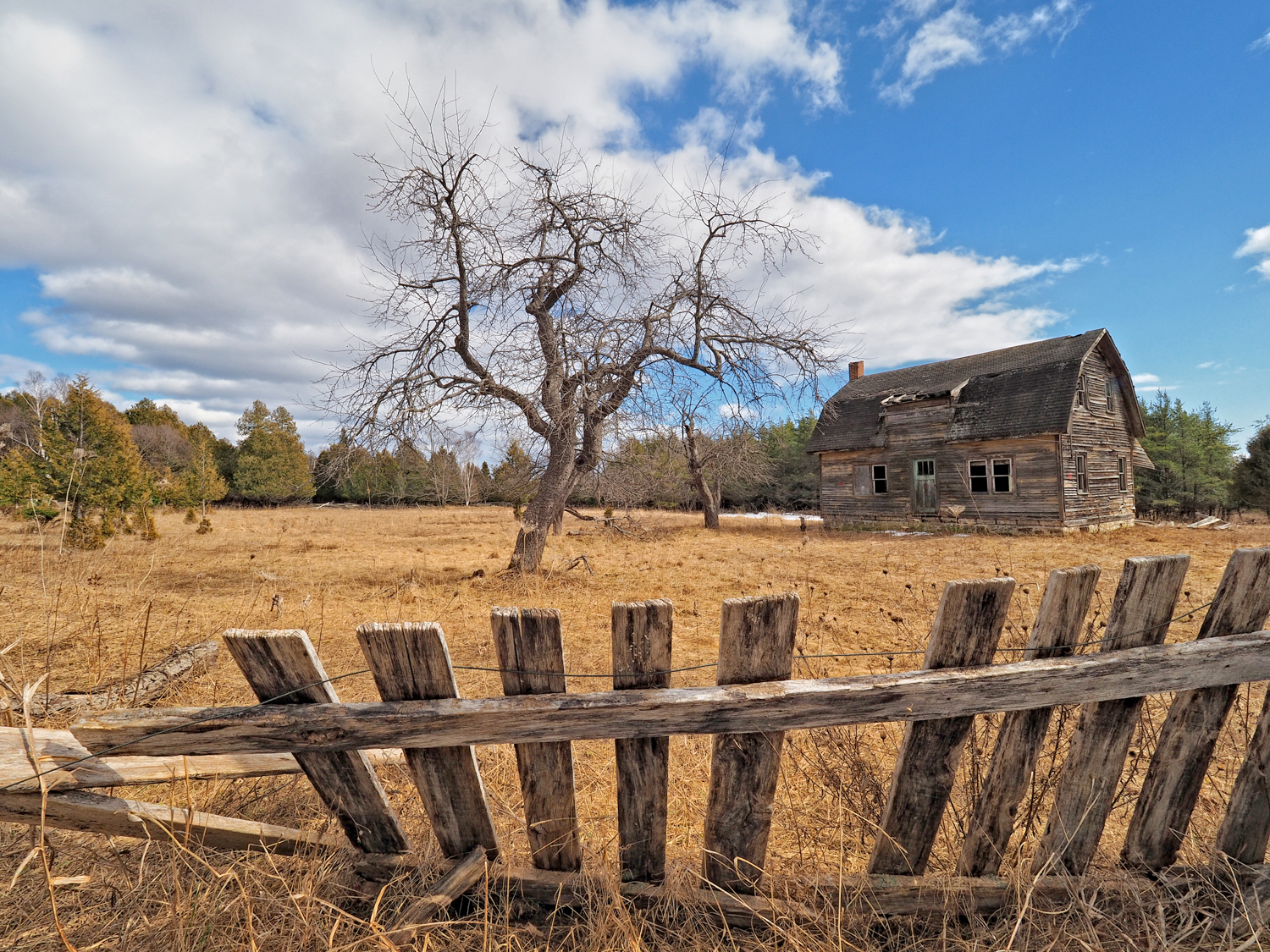
Overall I like this shot. It has some nice foreground, mid-ground, and background elements, but I thought – time to do more trespassing! I spent about 20 minutes wandering around photographing this old farm house.
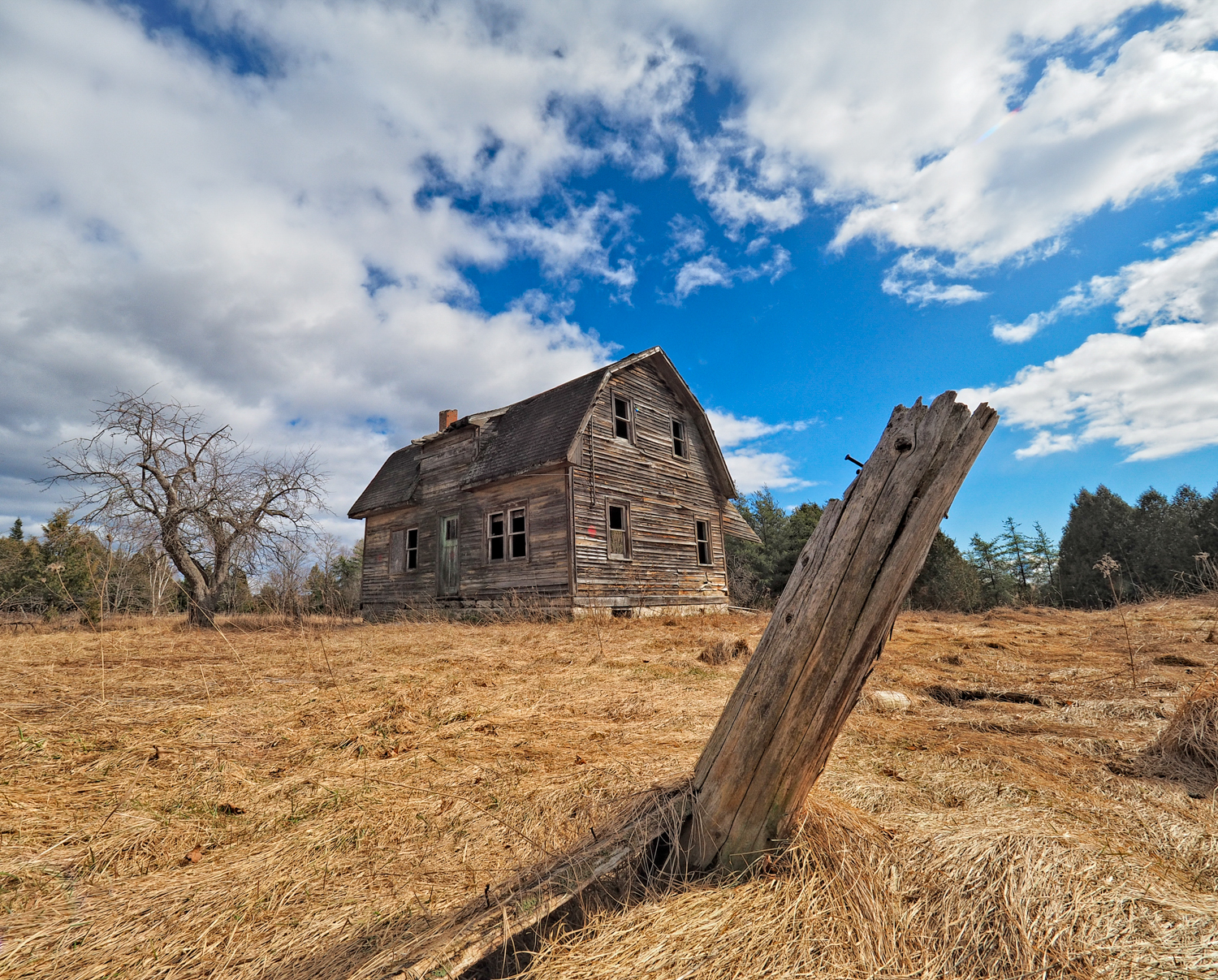
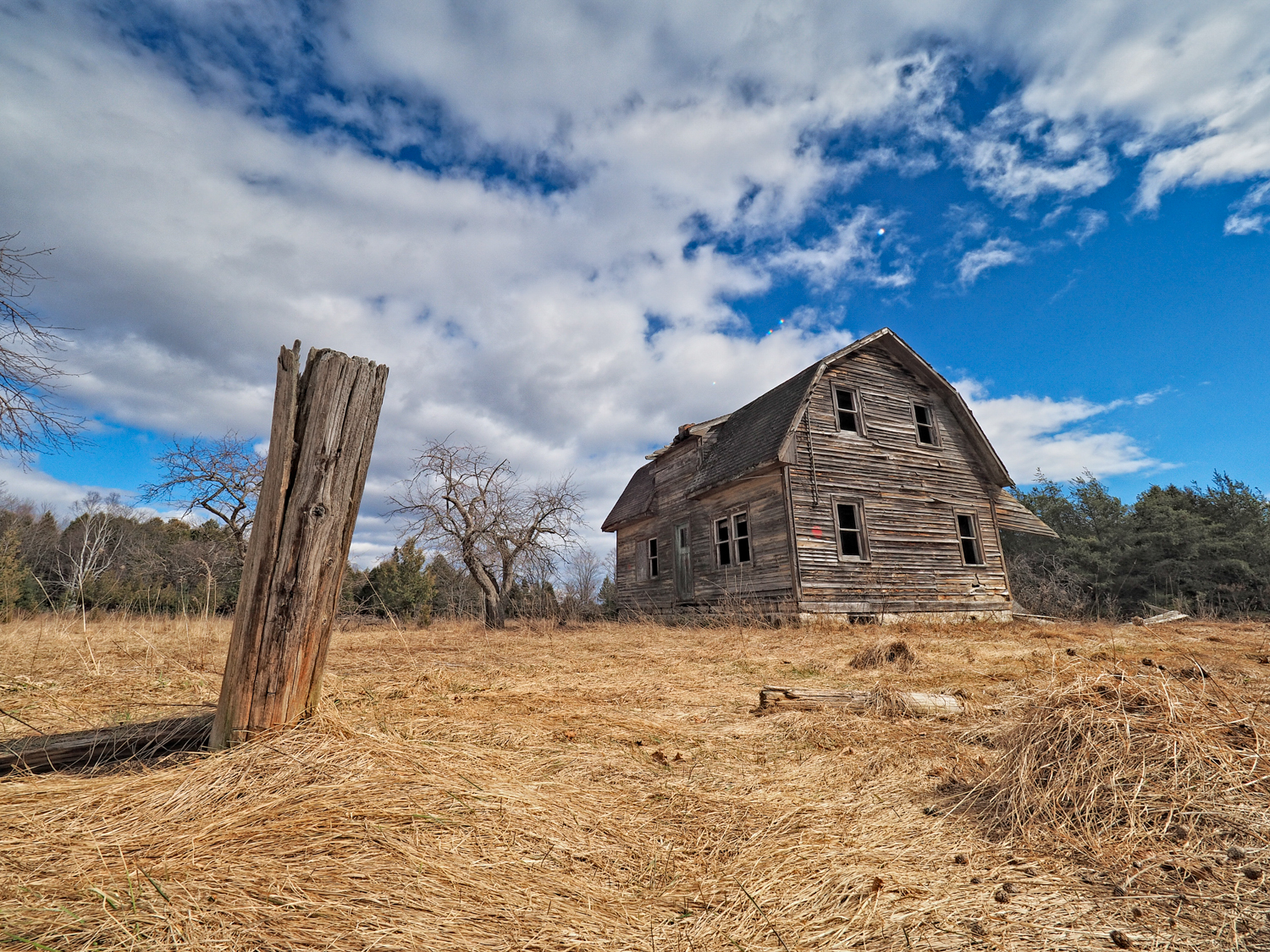
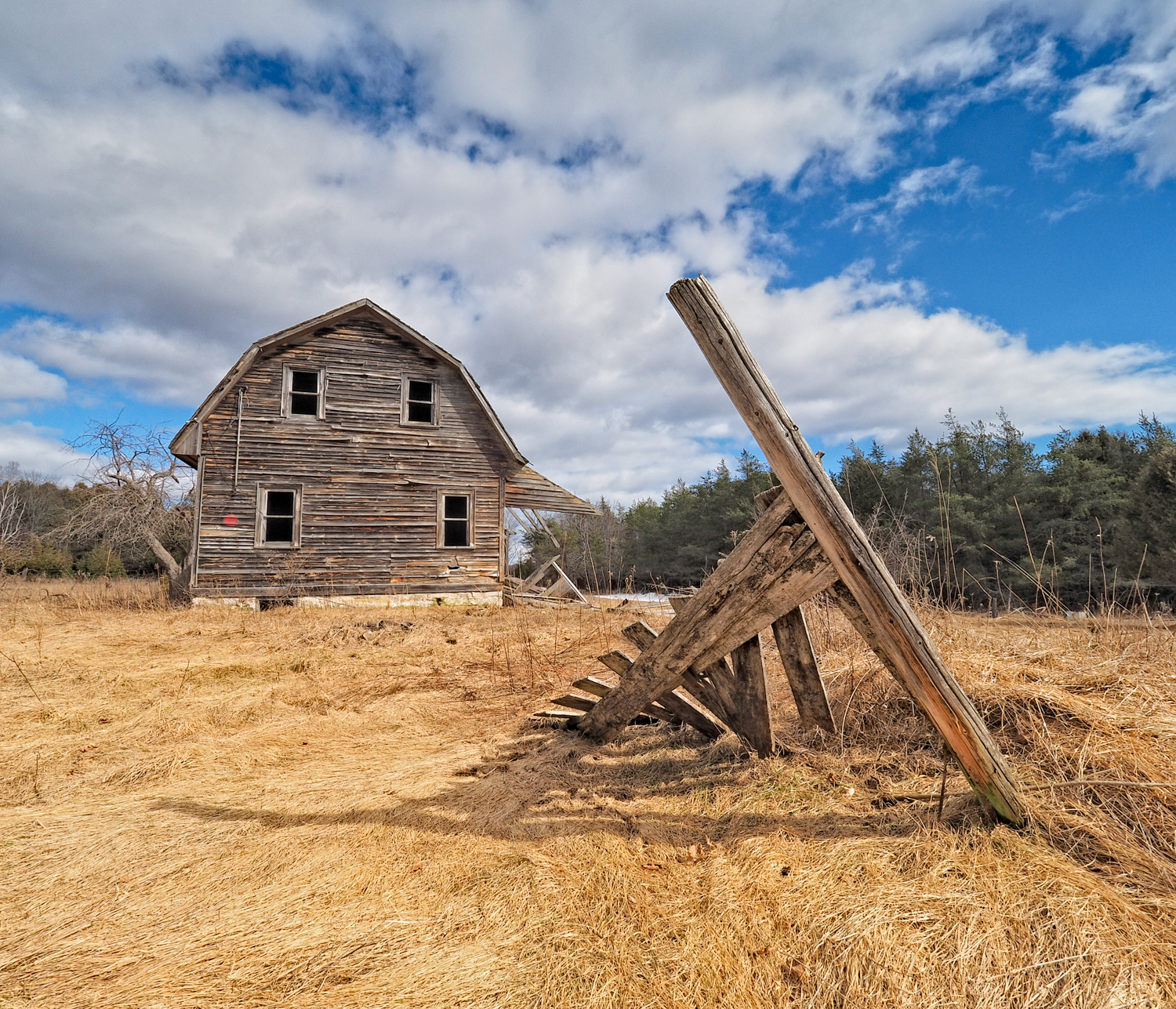
Again, the “best” shot is a matter of perspective (pun intended). Each one has compositional elements going for it, but for me, I favour the second one. My wife, who happened to walk into my office as I was uploading these images, likes the final one best. Of course, I wouldn’t have captured any of the others had I not taken the time to view this building from a variety of angles.
A Few More Examples
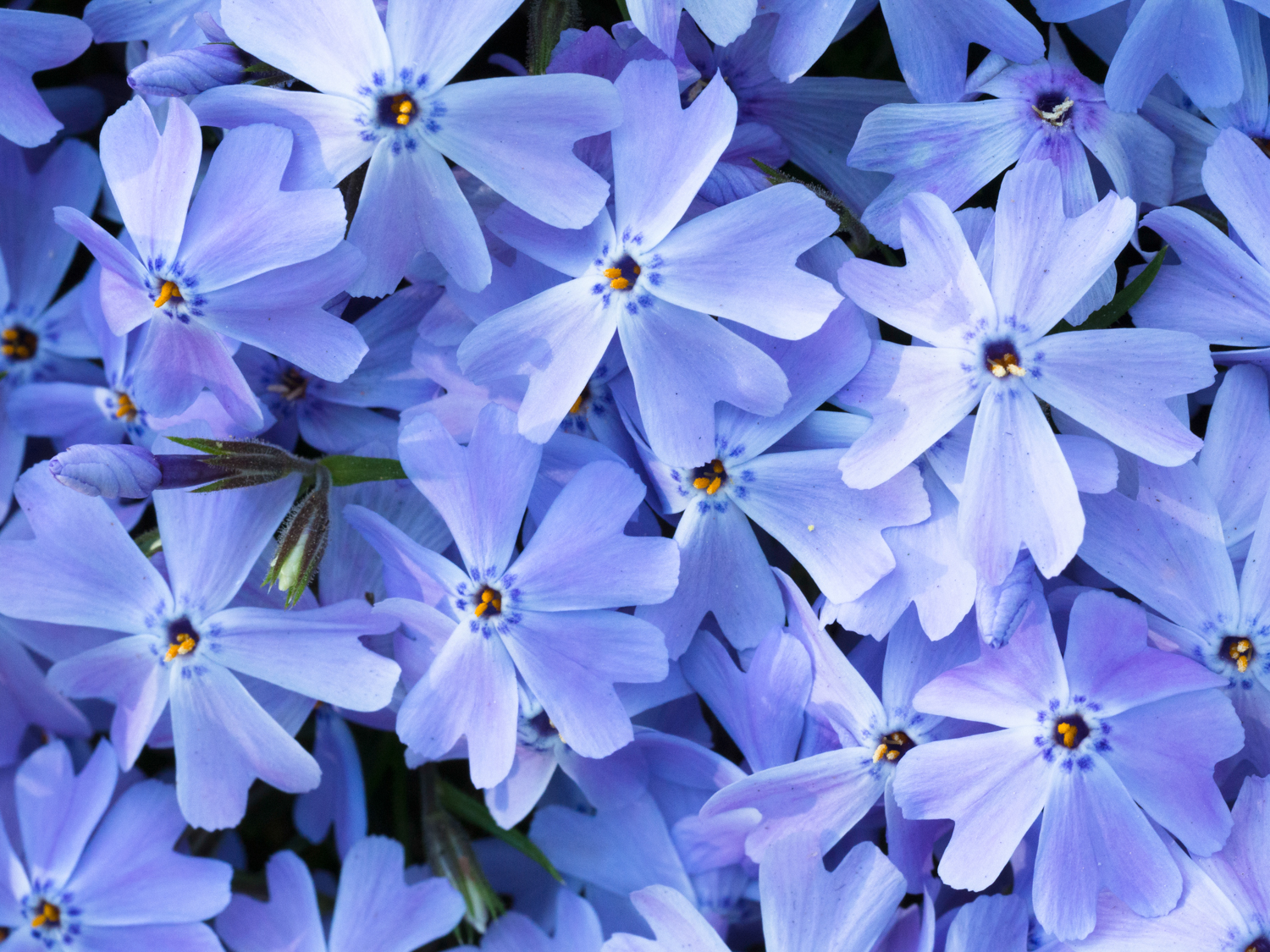
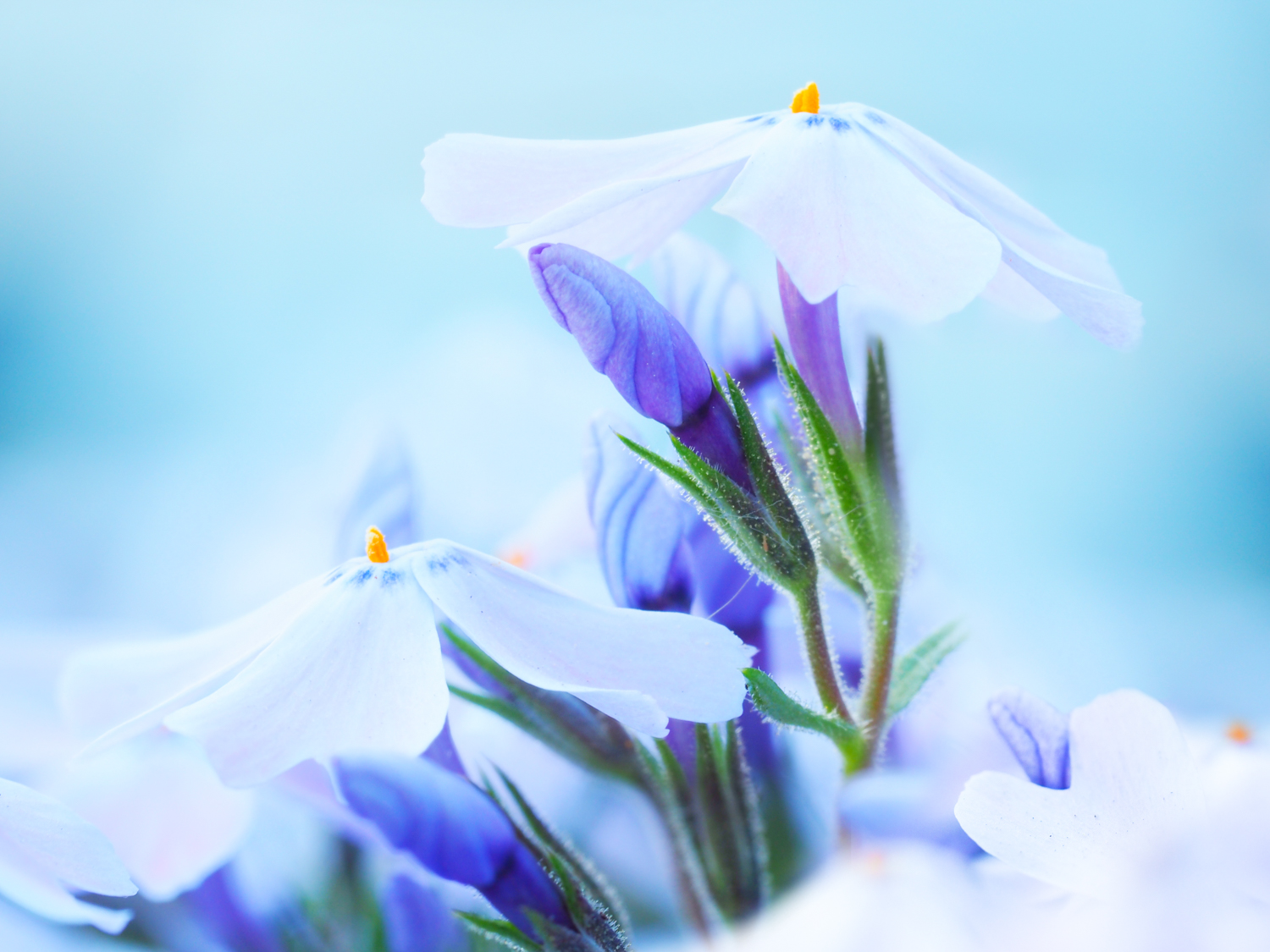
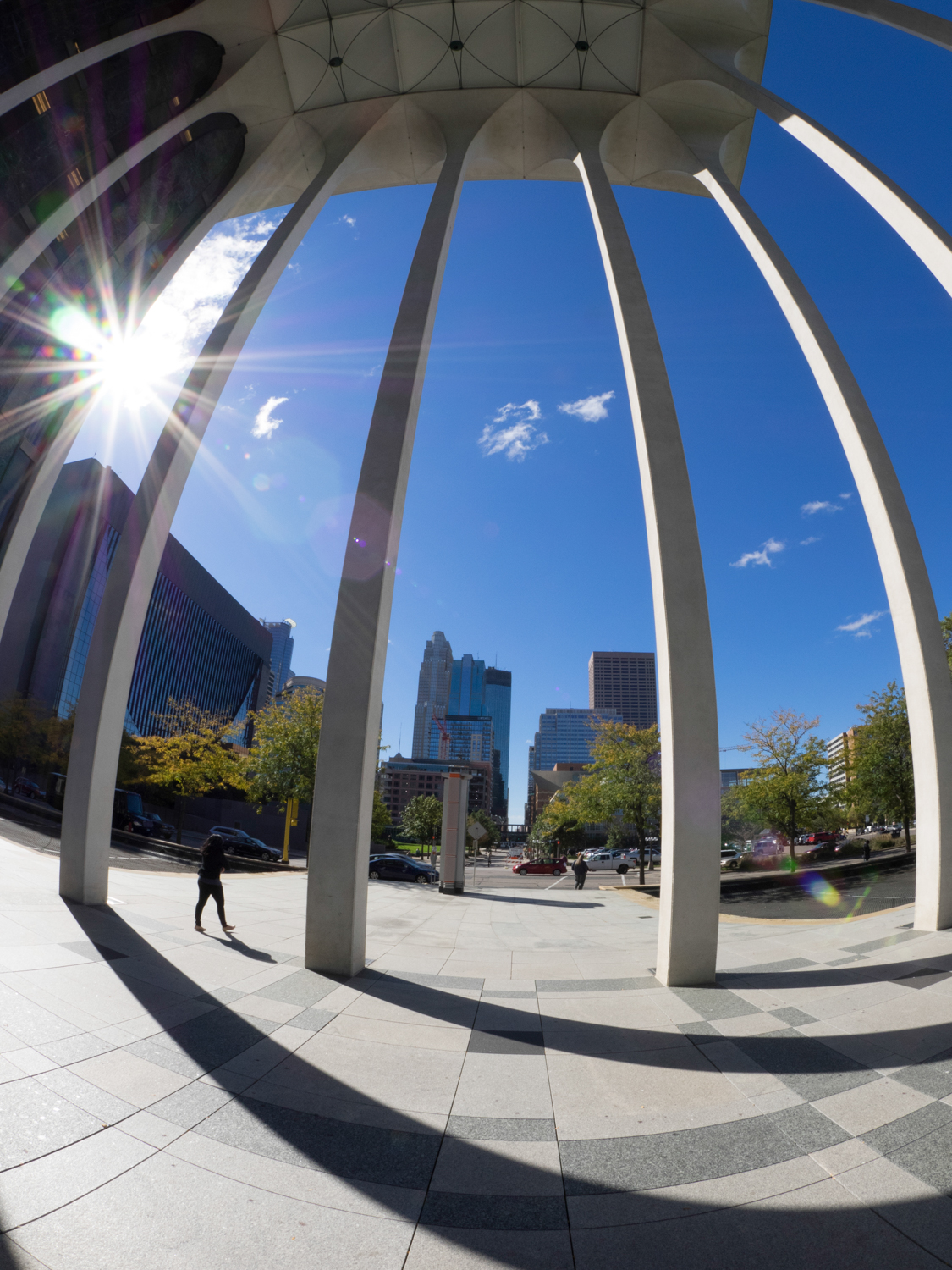
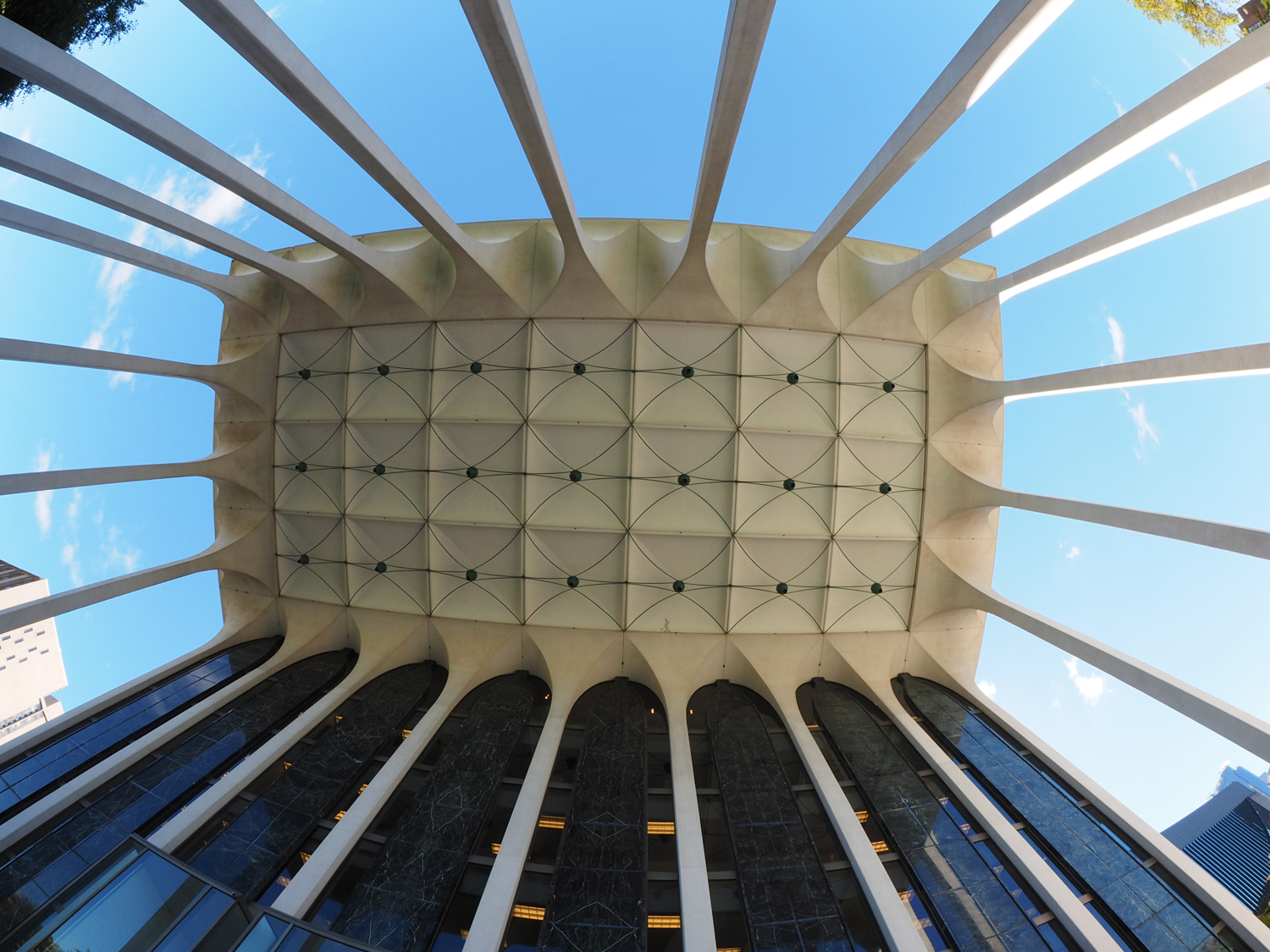
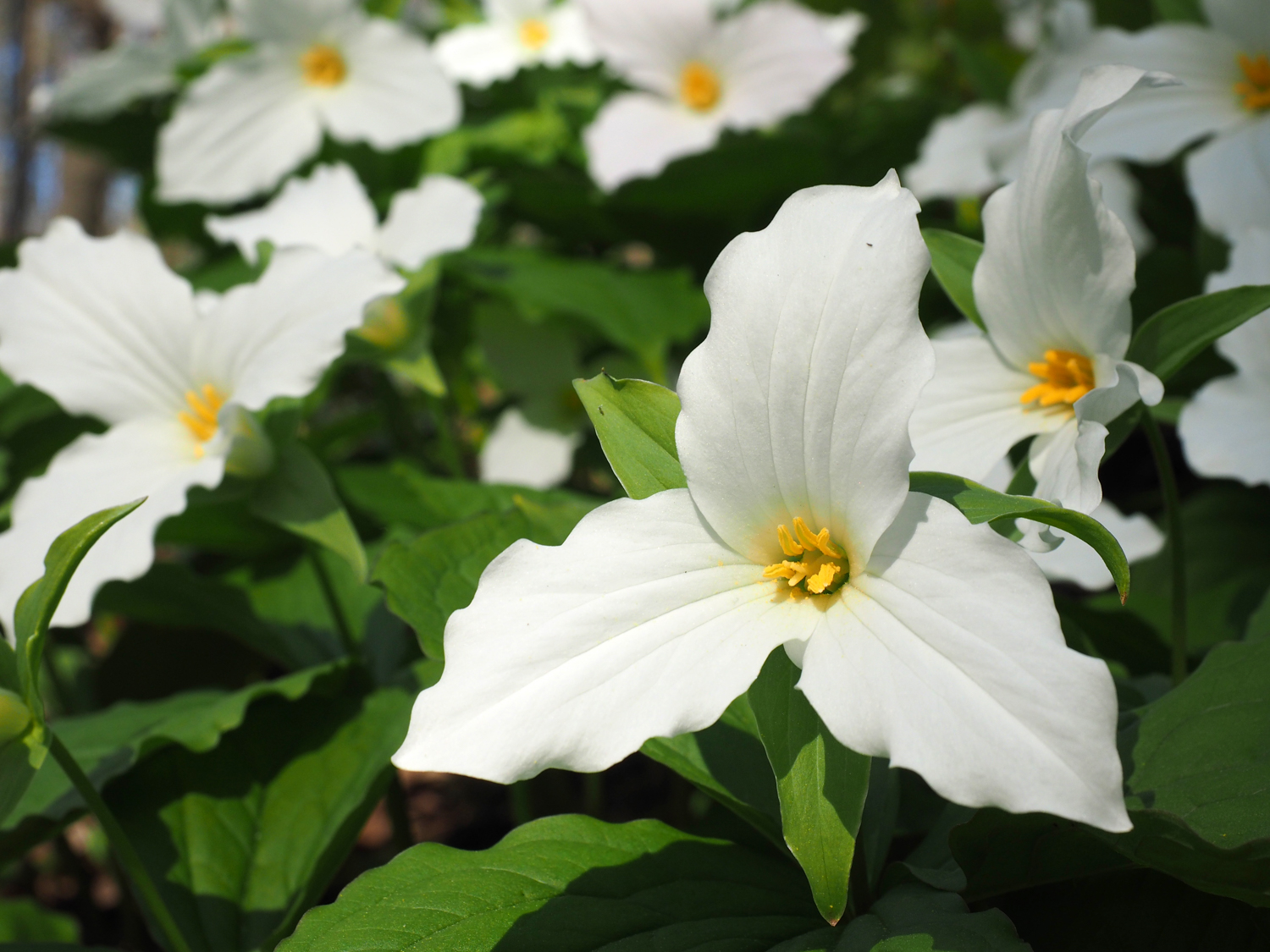
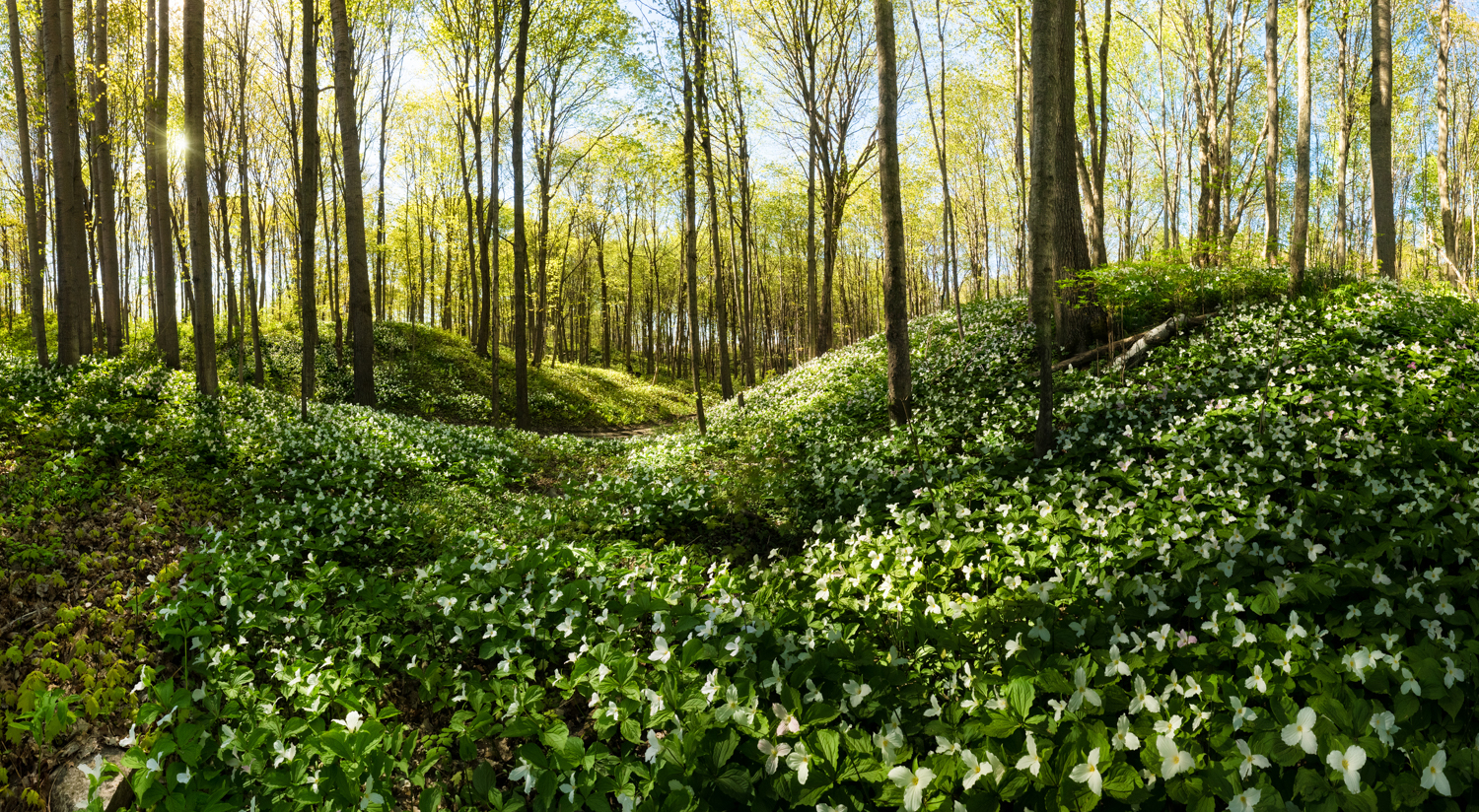
Final Word
Whether you move your camera a few inches (as with the daisy shots) or many meters, experiment with a variety of angles. This will provide you with a range of images to choose from and improve your photographic vision.
JOIN OUR FACEBOOK GROUP
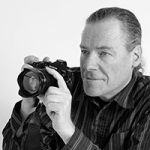
Peter is a professional photographer and educator living on Manitoulin Island in Northern Ontario. He regularly leads photography courses and workshops for novice and enthusiast photographers and travels across North America as an Olympus Trailblazer providing lectures and seminars on landscape, wildlife, and astrophotography. His work has been published in a number of magazines in both Canada and the U.S. and has been recognized for excellence on a number of photography websites. Peter is an avid outdoor enthusiast with experience in wilderness camping, canoeing and kayaking.




